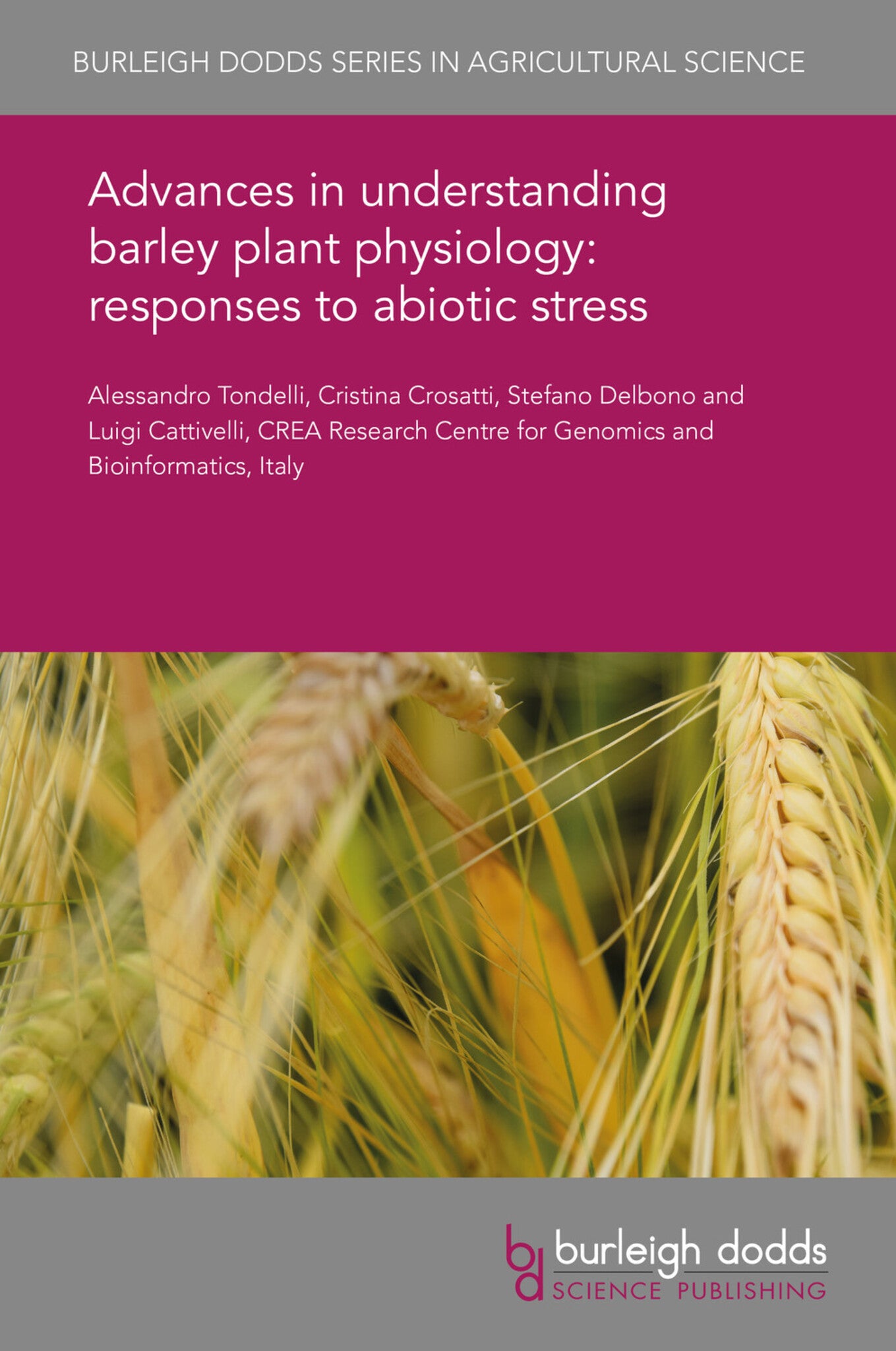We're sorry. An error has occurred
Please cancel or retry.
Advances in understanding barley plant physiology: responses to abiotic stress

Some error occured while loading the Quick View. Please close the Quick View and try reloading the page.
Couldn't load pickup availability
- Format:
-
03 February 2020


TECHNOLOGY & ENGINEERING / Agriculture / Sustainable Agriculture, Agronomy and crop production, TECHNOLOGY & ENGINEERING / Agriculture / Agronomy / Crop Science, Botany and plant sciences, Sustainable agriculture

1 Introduction 2 Cold acclimation: a coordinated metabolic rearrangement leading to frost tolerance 3 New methodologies for dissecting an old phenotype: resilience to drought 4 Adaptation to soil salinity 5 Low nitrogen: a stress condition matching crop sustainability 6 Adaptation to environment: a key target for future breeding improvement 7 Acknowledgements 8 Where to look for further information 9 References



